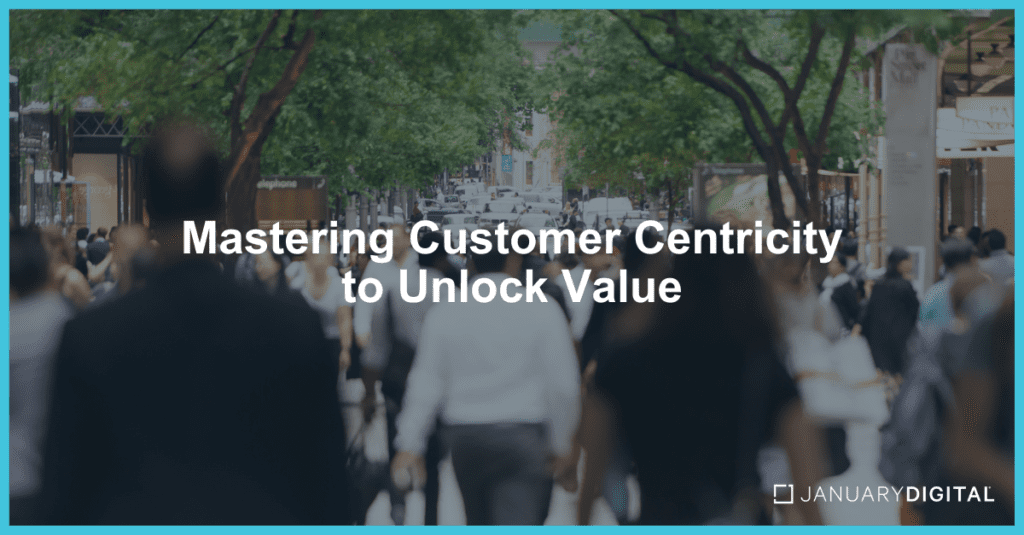
Do you know who your most valuable customers are?
We recently had the opportunity to speak with Dr. Peter Fader, Professor of Marketing at The Wharton School of the University of Pennsylvania, preeminent expert on customer centricity and author of three books on the subject. He shared this insight and more to challenge our perspectives, stretch our definition of customer value, and encourage new thinking around loyalty.
Understanding Your Customers’ Value
A central theme of Dr. Fader’s research is the profitability paradox: most customers do not significantly contribute to a company’s profits. Also known as the 80/20 rule, this reveals that a small fraction of customers (20%) typically generate the bulk of a company’s revenue (80%).
Instead of only focusing on constant acquisition, brands should focus on retaining and fostering a deeper connection with their most valuable customer base.
Identifying and nurturing high-value customers is key for a brand’s profitability. High traffic does not necessarily equate to high value. Companies should reorder customers and products by profitability rather than volume, emphasizing quality over quantity.
Dr. Fader shared Harrods as an example of an organization that knows who their true, loyal customer base is. They use the physical store as a marketing tool, understanding that the bulk of its profits come from unseen high-value customers rather than the tourists who visit the store.
Brands must invest in customer data and analysis to gain customer-level insights. Once high-value customers have been identified, brands must invest in them differently than they would a new customer. Paying the premium to retain this profitable group will yield significant dividends.
Loyalty Programs and Clienteling
Loyalty programs are critical in fostering long-term relationships with high-value customers. Transitioning to a relationship company from a product company involves focusing on customer needs and preferences over merely selling products.
Clienteling, which involves personalized services to high-value customers, is essential for brands to build deeper connections and ensure sustained customer loyalty. By leveraging detailed customer data, brands can offer tailored experiences that go beyond transactions, creating a more engaging and rewarding customer journey.
When evaluating loyalty, it is necessary to look cohort-by-cohort, rather than considering the total customer base in the same light. This provides a more accurate picture of customer value as initial cohorts often consist of early adopters, whereas later cohorts tend to include less valuable customers, which can skew the overall perspective. Brands who understand this can make more informed investment decisions and improve the accuracy of their projected revenue.
Shifting Mindsets
January Consulting partnered with the fashion brand A.L.C. to deepen their customer understanding through data-driven strategies. They evaluated A.L.C.’s CRM program and first-party data collection strategy, unified omnichannel customer data into single profiles, and analyzed buying behaviors and trends. This allowed them to create CRM segmentation parameters, enabling A.L.C. to develop personalized messaging and allocate media investment more effectively. January Consulting’s work guided A.L.C. from a generalized approach to a data-driven understanding of their customers.
There are mindset shifts that can significantly impact a brand’s approach to their customers. By adopting these strategies, brands can move from short-sighted metrics and inconsistent customer interactions to a more holistic, consistent, and customer-centric model:
- Cost per Acquisition (CPA) to Customer Lifetime Value (CLV)
Many brands are stuck on metrics like CPA to measure the efficiency of marketing campaigns and the value of their customers. However, it is vital to also look at CLV to gain a more holistic perspective on customers.
- Spikes to Consistency
Market dynamics, such as spikes in demand for trending products or brands, can significantly impact consumer behavior. However, the basic patterns of loyalty have remained consistent over time. Focusing on loyalty rather than short-term spikes ensures more consistent and long-term success for brands.
- Product Centric to Customer Centric
Transitioning from a product-centric to a customer-centric approach is essential for sustainable growth that prioritizes the needs and preferences of high-value customers. This requires a commitment to harnessing data and insights to inform and guide business strategies that are focused on driving stronger customer relationships and increased loyalty.
To remain competitive in today’s market, embracing customer centricity is not just beneficial but essential. Brands must begin to understand the importance of recognizing and cultivating their high-value customers. By focusing on value, leveraging data, and shifting towards customer-centric models, they can enhance their long-term success and customer loyalty.


